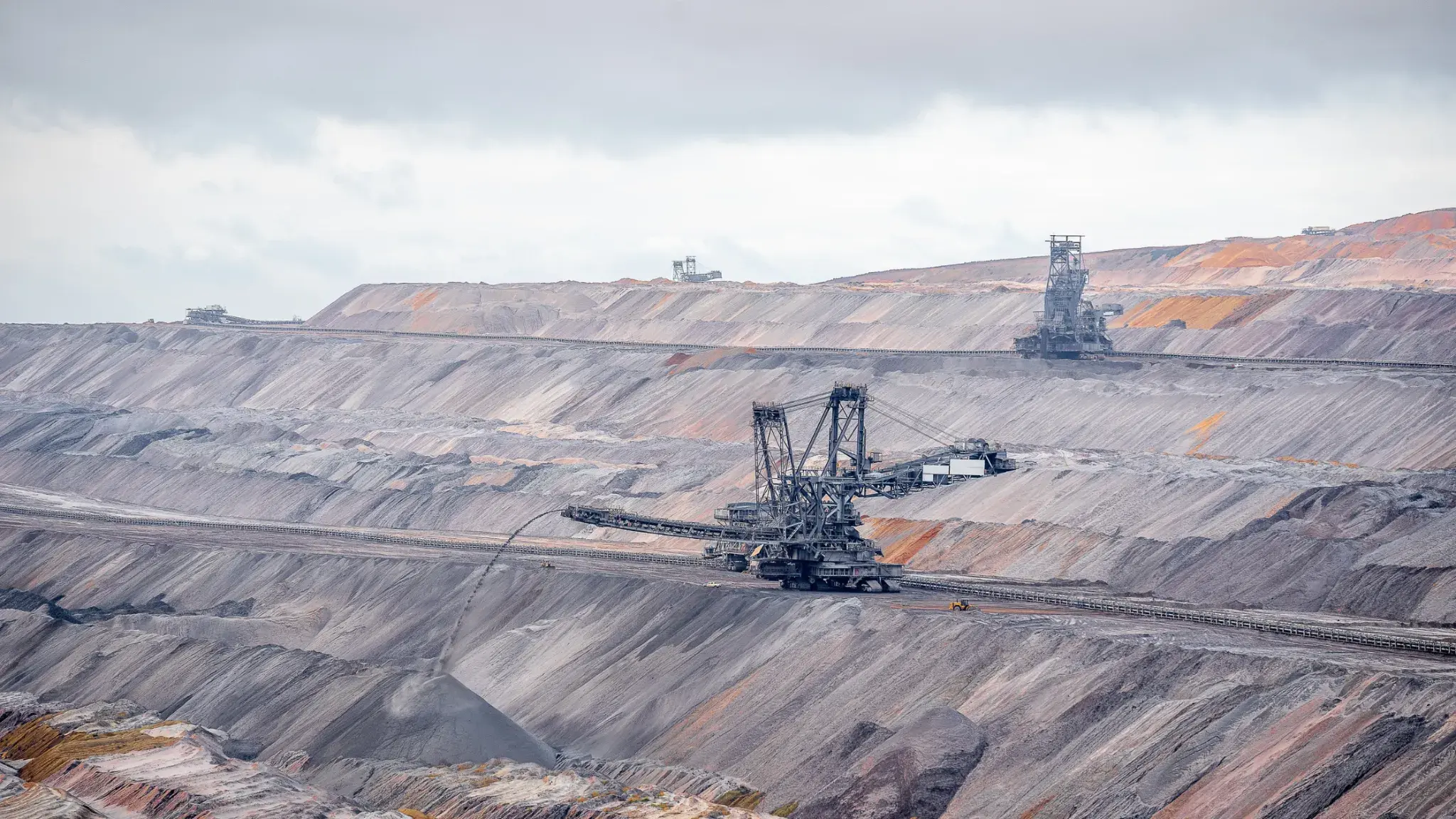3 min read
Building sustainability & responsible practices at a Californian mine
![]() Admin
:
Feb 23, 2023 3:25:36 AM
Admin
:
Feb 23, 2023 3:25:36 AM

A mining company is invested in two operations in California, located approximately 8 km and 3 km from their respective community centers. Both operations produce metallurgical coal, also known as coking coal, which is primarily used to make steel.
The Challenge
The coal producer is a major shareholder at both the mining sites and ensures operational best practices are implemented at the mines. In addition to mining, the business exports steelmaking coal from the mine site to bulk port terminals in the country, which
is then carried to the target market.
As important as these mines are for the local economy, they face multiple environmental challenges when operating near residential neighborhoods. As a responsible resource provider, the mining company is committed to minimizing the impact caused by its day-to-day activities. To uphold its strict commitments to sustainability, the mining company turned to Envirosuite, which tasked Ayyeka with providing the edge devices and software platform.
Ayyeka's Solution
The mining enterprise deployed Ayyeka's Field Assets Intelligence (FAI) platform to enable proactive real-time management of environmental emissions at both sites. FAI uses hyperlocal weather modeling that is fully configurable to each site’s requirements. Real-time data is collected from environmental monitoring hardware, strategically implemented across both sites, at their boundaries, and in nearby communities. The platform reduces the time and resources
to analyze real-time environmental data by generating clear and easy-to-understand insights
and reports. Operators at the mining site can act on color-coded insights of unfolding emissions and potential threshold exceedance. Automated compliance reporting can be customized based on what values are essential to the ongoing activity and retrieve to provide stakeholders at any time. Historically, it’s been difficult for both mines to achieve operational savings on emissions
mitigation without a clear understanding of their source and how they contribute to each site
overall.
Ayyeka combines emission source information and machine learning to pinpoint problematic emission sources across the site. This allows operational teams at both mines to pinpoint difficult emission sources more accurately and effectively. Operators at the mining site also make the most of Ayyeka's site-specific weather data to prepare for work shifts and periods of high emissions risk. Hyperlocal weather data is provided in actionable insights to offer multi-day risk forecasting and assist with operational planning while minimizing dust emissions. The process around air quality complaint investigation and directing mitigation efforts has been streamlined. The coal producer uses the platform’s reverse trajectory modeling capabilities at its mining sites. This enables teams at the site to trace back likely sources of any air quality complaints received and direct ground staff to the potential sources of those identified as valid. The tracing method saves site managers time and effort in their investigation and resolution. Ayyeka's real-time data on dust, clearly organized in easy-to-read dashboards, enables mine operators at both sites to determine the optimum time to carry out blasting activities and minimize the impact of traveling fumes and dust emissions. Both mines can now avoid impact on surrounding communities and negative consequences such as severe reputational or financial damage.
Customer Benefits
They are acting on historical data to achieve environmental compliance. Color-coded actionable insights and visualization of the mine’s real-time monitoring network. They mitigate site-generated dust emissions and pinpoint unfolding air quality emission events using arcs of influence. Identifying problematic emissions sources and how much they contribute. Identify areas at high risk of emissions impact and exceedance at the mine. They understood when emissions exceeded thresholds. Real-time alerting of threshold exceedance to the operations team to allocate resources to emissions mitigation. Lengthy complaint investigations Reverse trajectory modeling to identify the likely source of complaints to confirm or refute responsibility Determining the best time to blast Predictive blast management to schedule shooting activities for minimal impact from flyrock, dust fumes, and overpressure—unplanned stoppages due to environmental conditions. Site-specific weather data support operational decisions and minimize emissions from unexpected weather changes. They are reducing water consumption for dust mitigation—understanding when and how much dust suppressant to utilize with forecasted risk and historical emissions data. There is a reduced GHG footprint of hauling activities.
Conclusion
Dust events are mitigated by combining forecasted risk and a heat map of sources to optimize the watering truck locations. Health and safety risk from dust exposure. Emissions modeling helps reduce the overall exposure to dust risk, reduces operational costs, and lowers insurance liability.


